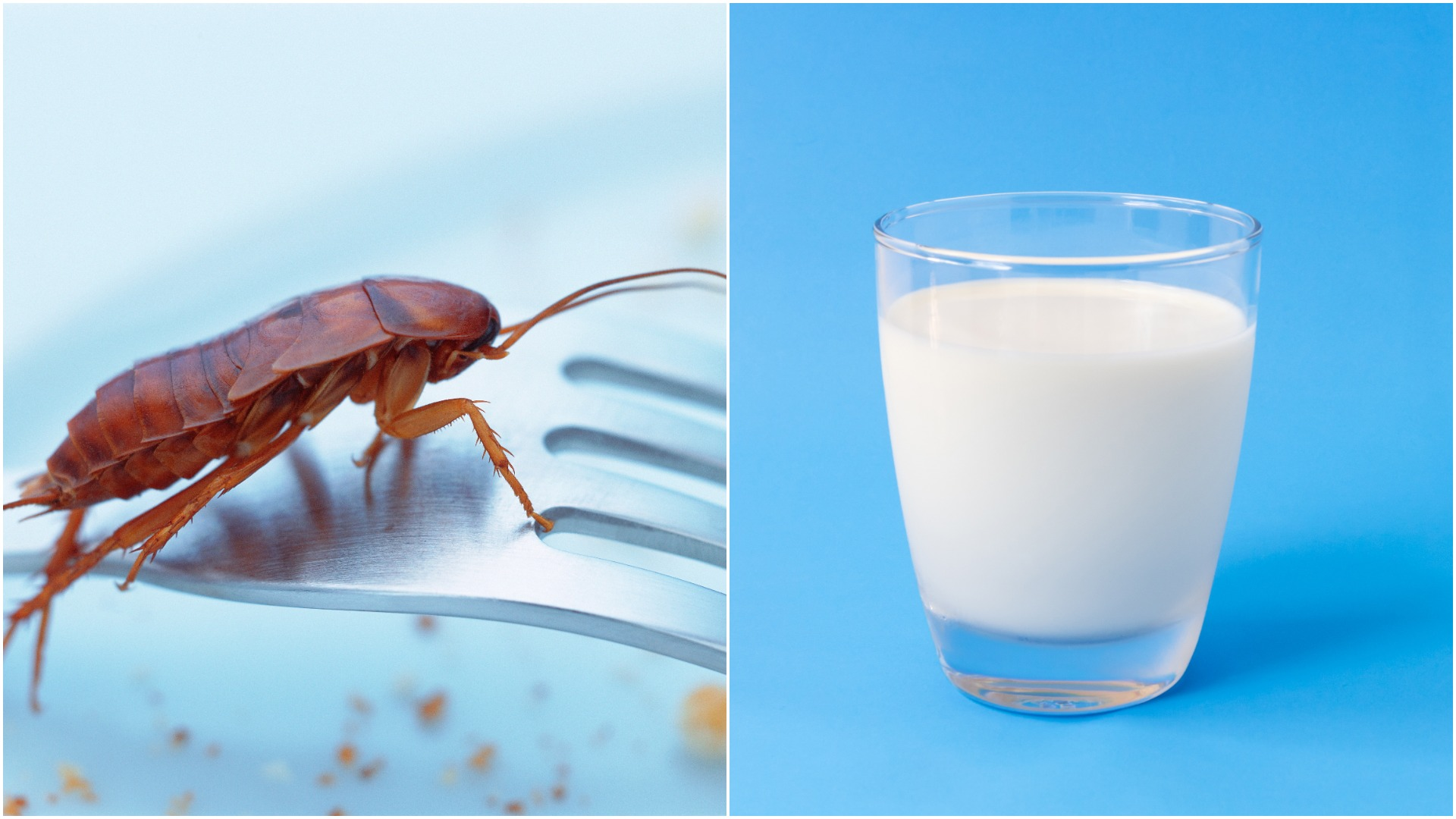Why Is Cockroach Milk Trending And Will It Save Us All?
Yesterday, Marie Claire tweeted the following...
Why Cockroach Milk Is the New Health Obsessionhttps://t.co/XM9n4wvnj6 pic.twitter.com/gsW7F82Ezl
— Marie Claire (@marieclaire) May 22, 2018
...even though no one else but Marie Claire appears to be obsessed with cockroach milk. Also, the story the tweet linked to is a few years old, and focused more on cockroach milk's possible beautifying elements than its prospective power as a protein source, although it did call it out "as one of the most nourishing and highly caloric substances on the planet." That didn't stop the tweet from trending, inspiring disgust in everyone from Rogue NASA to Dictionary.com:
Blech is an interjection. It means "an exclamation of disgust, revulsion, etc."
There are many uses, including in response to an offer of cockroach milk. https://t.co/qipaCHiqqh https://t.co/9eMs6NUfa1
— Dictionary.com (@Dictionarycom) May 23, 2018
This is a not a thing.
You made this up.
No one is obsessed with cockroach milk.
If this was a thing it would have already been a show on TLC after Hoarders and we would have watched it. https://t.co/SC5aEWovjP
— Rogue NASA (@RogueNASA) May 23, 2018
But as you know, I have a lollipop for a head (to read: sucker) so was inspired to read on: What is cockroach milk, exactly? Is it really that good for humans? And more importantly, how does one go about milking a cockroach?
A less-beauty-based, more informative article posted in the Hindustan Times today, which noted, like MC did, that "new research found that cockroach milk, nutrient-rich milk crystals found inside the Pacific Beetle cockroach—used as food for cockroach infants—could be beneficial to humans." (Yes, since a cockroach is not a mammal, this isn't technically milk—but neither is almond milk then, or soy milk, so take it up with the alterna-dairy contingent.) According to a study recently published in the Journal Of The International Union Of Crystallography (what, did your subscription run out?), the substance "boasts four times as much protein as cow's milk, three times more than buffalo milk, but also contains essential amino acids that promote cell growth, lipids that keep our bodies healthy, and sugars that fuel energy."
Great, so cockroach milk can save us all. But how do you access cockroach milk exactly? Fortunately HT linked to a previous Inverse article that describes how: "As it stands, it's a labor-intensive process." No doubt! "Scientists carve out the cockroach's midgut with a scalpel to harvest the milk, which actually is more the consistency of crystals." It takes one person a half day to process the milk of probably two or three roaches. So that eventual trip from lab to grocery store will probably take a significant amount of time. Sorry, baby roaches, but we know you'll just make more of you. And as more food trends turn toward the insect world, we expect to hear even more about cockroach milk, not less. Sorry, Twitter.
Lastly, anytime we bring up non-cow milk is an excuse to post this:
